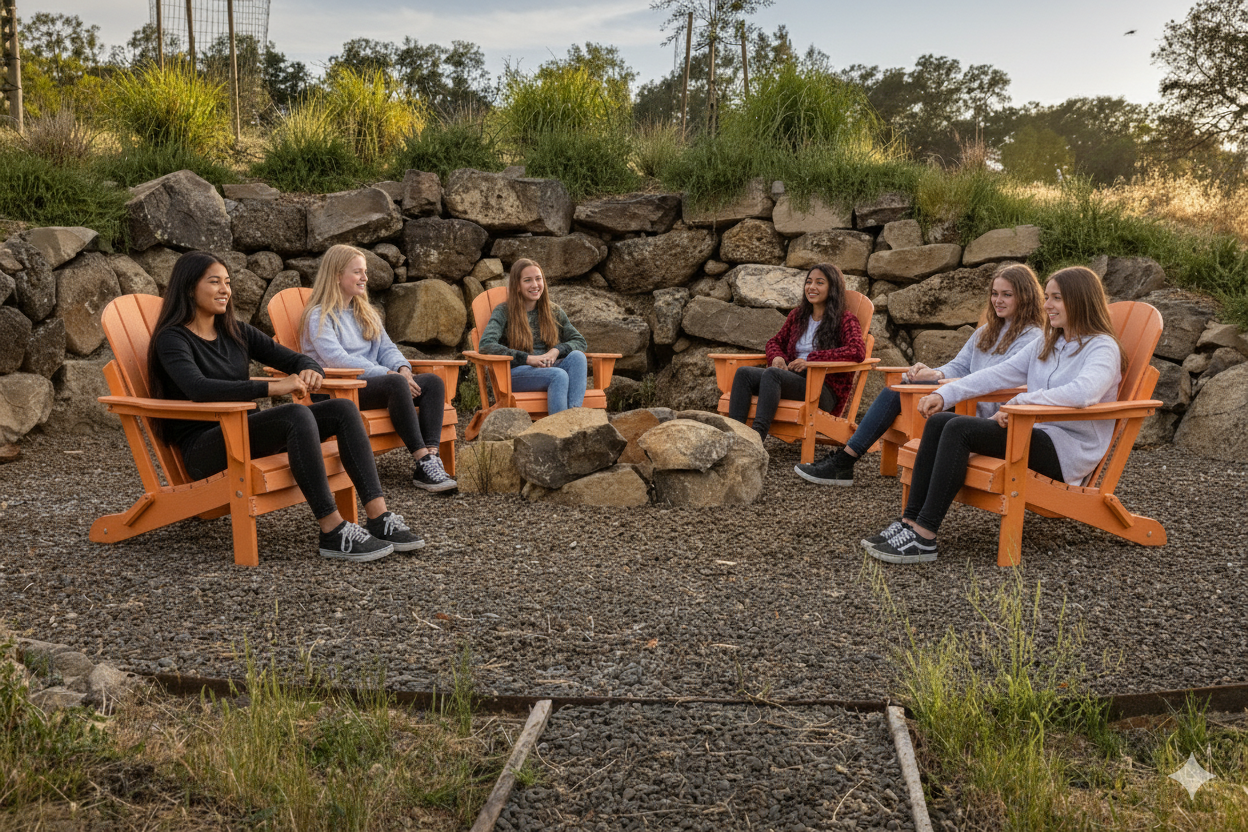On an average day, 76 teens enter treatment programs due to alcoholism, according to the Office of Applied Studies. As part of the care they receive in rehab, teens are often asked to participate in Alcoholics Anonymous (AA). It’s an important part of therapy, but teens and their parents may not quite understand how AA can help them, and why they’ll need to participate in meetings on a regular basis when rehab is complete. This article will attempt to outline why AA is so important, and why it should be a part of any aftercare program for a teen impacted by alcoholism.
Fundamentals of AA
Unlike rehab programs, which are run by professionals with extensive training in diagnosing and treating addiction, AA is an organization founded by and run by people with their own alcoholism issues. It’s a peer group that shares one common goal: to stay sober. They all work together, support one another, and share the strategies they’ve used in order to stay sober.
AA meetings tend to follow one of two formats. In an open meeting, speakers discuss their own alcoholism histories and how they overcame their issues. Friends, family members, and other “outsiders” can come to these meetings and continue their own education about alcoholism. In a closed meeting, only members can attend, and here, people can get intensive help with specific problems, or they can address sensitive emotional topics with a group that’s bound to understand. Meetings are held once or twice per week, and there’s often no charge for attendance.
Working the Program
Attending meetings is an important part of the AA process, and a study published in the journal Alcoholism: Clinical and Experimental Research suggests that teens who go to meetings once or twice per week stay sober longer than teens who don’t attend meetings. Going to meetings three times per week is associated with complete abstinence. It’s possible that the meetings themselves help teens to stay sober, as they’re busy attending these functions and might not have time to drink. But it’s also possible that the other aspects of AA are protective.
As an active AA member, teens are asked to:
- Work with an experienced AA member
- Mentor new members
- Volunteer in the community
- Participate in social outings with the group
- Make amends for past transgressions
- Cede control to a higher power
The teen is asked to think of addiction as a chronic problem that can only be solved one day at a time. By giving up control over that problem, and working on building a healthy and protective life that doesn’t include the use of alcohol, teens learn how to develop inner strength. They affiliate with a healthy group of others who also work toward becoming a better, stronger version of the selves they once were. It might sound silly or even a little strange, but affiliating with the group, working the program, and just focusing on the little steps that lead to long-term sobriety could be intensely powerful for teens. It could be something they continue to do for the rest of life.
Finding a Meeting
According to Alcoholics Anonymous World Services, about 10 percent of AA members are younger than 30. Young members might be scattered within almost any meeting a teen chooses to attend, but it might be best for teens to look for meetings that are specifically targeted for their age group. Communities might have “teen-only” meetings that are held at convenient times for students, and rehab programs for teens might help families seek out these meetings.
It’s important to note that not all teens affiliate with members of their own age group. Participating in a meeting filled with adults might still be helpful for teens, as they’ll be surrounded by role models who are living a sober lifestyle. Teens who have grown up in homes in which substance abuse is prominent might be sorely lacking in adults to look up to, and adult AA meetings might help to fill this need. In general, it’s best to let the teen explore available meetings and find the group that seems the most comfortable. Experimenting with meetings in this way can help the teen find just the right fit.
At Muir Wood, we ask our clients to attend AA meetings when they’ve completed our rehab programs, and we work hard to find just the right meeting to help the adolescent males who come to us for care. There is a particularly robust AA community in both Sonoma and Marin Counties, but we’re happy to find appropriate meetings for people who don’t live near these areas. Please contact us to find out more.









